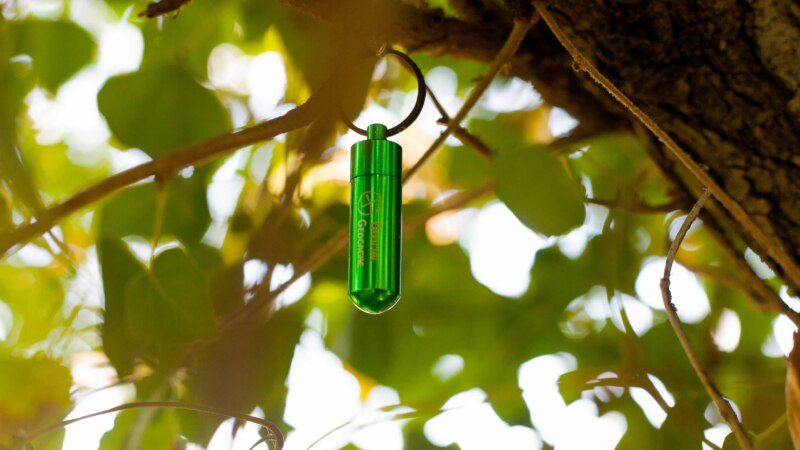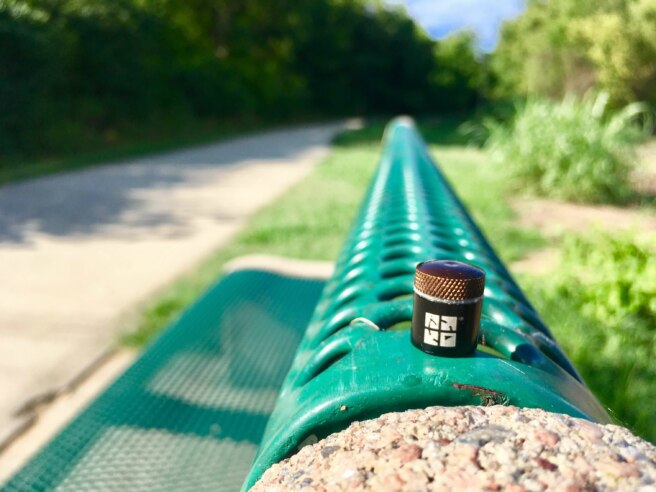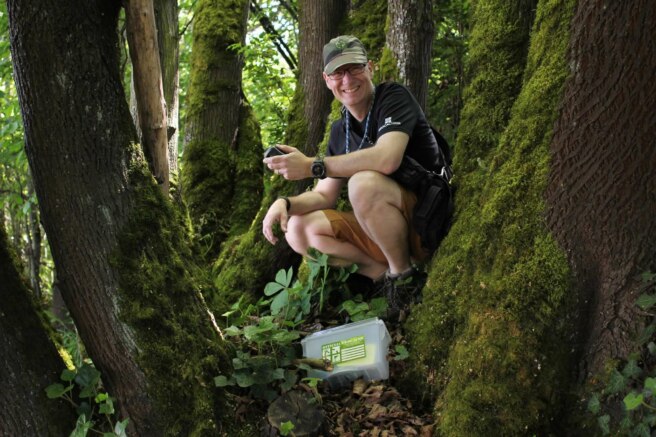
Reviewer’s perspective of hiding a geocache
As we begin 2022, the Year of the Hide, we want to share what it’s like from the community volunteer reviewer’s perspective when a geocache is submitted for publication. We spoke with the reviewer, Rock Rabbit, to ask them a few questions about the process and for any tips or tricks for new cache owners.
As a reviewer, what are the key elements you’re checking for when you’re reviewing a geocache for publication?
First and foremost, I review for compliance with the guidelines. I check for other things too, but guideline violations are by far the greatest reason why I have to send cache pages back to the owner for more work. The best thing you can do to help expedite your review is to check your cache page against the guidelines again before you submit it for review. If something about your cache is non-compliant, fix it before you submit it.
Believe me, all reviewers understand that the guidelines seem long and tedious when you’re excited about your new cache. Keep in mind that HQ and the global team of community volunteer reviewers have spent 20 years on those guidelines out of necessity, to help protect the environment and foster a good relationship with land managers. Helping to steward the game is a big part of a reviewer’s role. We want to publish your cache and we do our best during review to help you be successful as a cache owner long after the review is completed.

What are some misconceptions you think cache hiders have when they’re going through the cache submission process?
Many new cache hiders think that a reviewer goes out to personally inspect your cache as part of the review process. There simply isn’t enough time to travel around and visit new caches when they are submitted. Instead, we do the best we can with online maps and tools and ask you questions about your cache.
Sometimes reviews start very quickly, and sometimes they take a few days. We review your cache as soon as we are able. Since we are volunteers and review during our spare time after our paying job and taking care of our families we aren’t always able to review the new cache listing right away.
Some geocachers look at our reviewer profile and think we are inexperienced because the profile shows few or no finds. That is because many of us have separate accounts for playing the game and for reviewing. We’ve all found hundreds, thousands, if not tens of thousands of caches, and hidden many of our own.
What questions do you tend to ask the most when a cache owner submits a listing that might raise some concerns?
- How is your cache hidden?
- What container did you use?
- If it’s not close to your home, how do you plan to maintain it?

What are the most popular questions you get asked from new cache hiders in the submission process?
Many new cache hiders will place a geocache that appears available on the map but is already occupied by another geocache. Some locations are not available because a Multi-Cache or Mystery may use the location, therefore the most popular question that I receive is “How can I find a place to hide my cache if I don’t know where the caches with hidden coordinates are?”
I am not able to tell you where those containers are because it wouldn’t be fair to the cache owners or other geocachers. You can find all of the Mystery Caches and multi-stage caches within a 2-mile radius, or you are welcome to submit your cache for a coordinate check before you hide your cache and I’ll tell you if the location is OK to use.
To do this, submit your cache for review, but say in your reviewer note that the cache is not ready to publish and you only want a location check. I’ll check it and disable it for you to continue to work on it. Then you can finish it or use the cache page for another cache if it doesn’t work out. Everything can be edited before publication.
What are the best tips you can give to a new cache hider when they submit a new cache for review?
- Check your cache against the hiding guidelines before you submit it.
- The further away you get from urban areas, the more likely you will find places available to hide geocaches.
- Hide the largest container that the location will support.
- Check the Regional Geocaching Policies Wiki for areas where geocaching is restricted before you choose a cache location.
- Pick several potential locations, so you have others to fall back on if your first choice is not available.
- Your container must be hidden and ready to find when you submit it for review because, when it’s published, the local geocachers will race to find it first!
- Mind briansnat’s sage advice: “When you go to hide a geocache, think of the reason you are bringing people to that spot. If the only reason is for the geocache, then find a better spot.”
For more information about hiding your own geocache or if you want to learn more about the community volunteer reviewers that help keep our game going, check out our Help Center.
 Treasures are here!
Treasures are here! 
 Geocache of the Week
Geocache of the Week 
 Getting rick-rolled by a geocache was not on
Getting rick-rolled by a geocache was not on 
 Talk about a guardrail cache with a tw
Talk about a guardrail cache with a tw
 Just another sign to go geocaching with a fri
Just another sign to go geocaching with a fri
 This geocache rocks
This geocache rocks 
